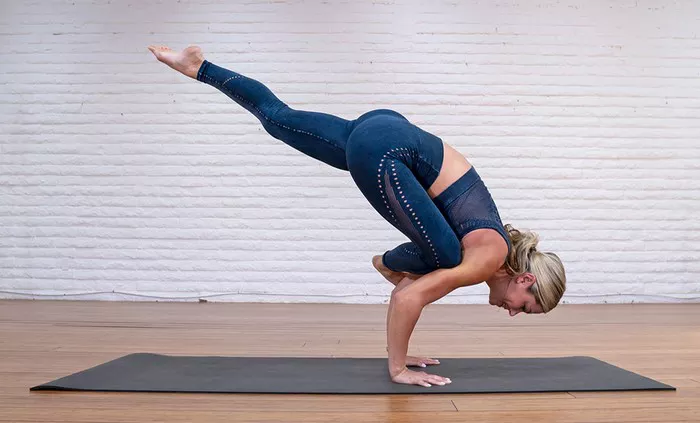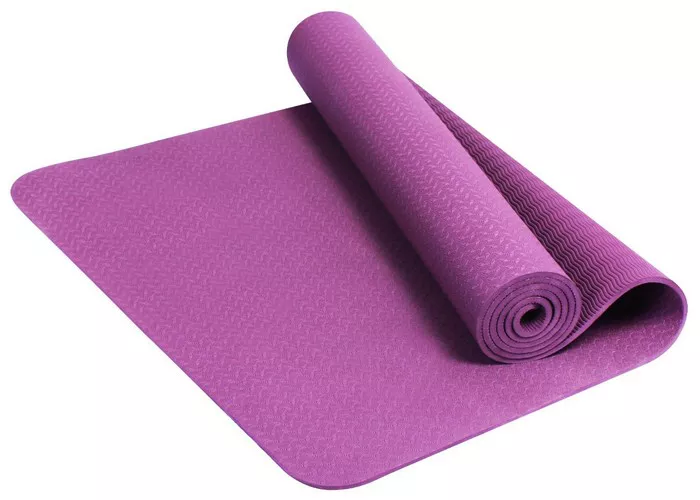In a fast-paced world filled with stressors and responsibilities, headaches have become a common ailment for many individuals. Whether stemming from tension, dehydration, or other underlying health issues, the throbbing pain of a headache can disrupt daily life and hinder productivity. While medication offers temporary relief, a growing number of people are seeking alternative methods to manage and prevent headaches. Among these alternatives, restorative yoga stands out as a gentle yet effective approach to alleviate headache symptoms and promote overall well-being.
Understanding Headaches: Types, Triggers, and Impact
Before delving into the benefits of restorative yoga for headaches, it’s essential to understand the different types of headaches, their triggers, and their impact on daily life.
1. Tension Headaches: These are the most common type of headache, often characterized by a dull, aching pain and tightness around the forehead, temples, or back of the head and neck. Stress, poor posture, and muscle tension are common triggers for tension headaches.
2. Migraines: Migraines are intense headaches that can cause severe throbbing or pulsing pain, often accompanied by sensitivity to light and sound, nausea, and vomiting. Migraine triggers vary widely among individuals and may include hormonal changes, certain foods, environmental factors, or stress.
3. Cluster Headaches: Less common but extremely painful, cluster headaches occur in cyclical patterns or clusters, often striking suddenly and causing intense pain around one eye or temple. The exact cause of cluster headaches is not fully understood, but they are thought to be related to abnormalities in the hypothalamus.
Regardless of the type, headaches can significantly impact a person’s quality of life, leading to missed workdays, decreased productivity, and diminished overall well-being.
The Role of Restorative Yoga in Headache Management
Restorative yoga is a gentle form of yoga that focuses on relaxation and stress relief through passive stretching, deep breathing, and mindful meditation. Unlike more dynamic forms of yoga that involve active movement and strength building, restorative yoga uses supportive props such as bolsters, blankets, and blocks to help practitioners comfortably hold poses for extended periods, allowing the body to deeply relax and release tension.
Precise Answers to Common Questions:
How does restorative yoga help alleviate headaches?
Restorative yoga promotes relaxation and stress reduction, which can help alleviate tension in the muscles of the head, neck, and shoulders – common areas of tension associated with headaches. By encouraging deep breathing and mindful awareness, restorative yoga also helps calm the nervous system, reducing the body’s physiological response to stress and pain.
Are there specific poses or sequences recommended for headache relief?
While any restorative yoga practice can be beneficial for headache relief, certain poses and sequences may be particularly soothing. Poses that focus on gentle neck and shoulder stretches, such as Supported Child’s Pose, Reclining Bound Angle Pose, and Legs-Up-the-Wall Pose, can help release tension in these areas. Additionally, incorporating breathing techniques like diaphragmatic breathing and alternate nostril breathing can further promote relaxation and alleviate headache symptoms.
How often should one practice restorative yoga to see results?
Consistency is key when it comes to reaping the benefits of restorative yoga for headache relief. Aim to practice at least a few times per week, ideally incorporating restorative yoga into your daily routine as a preventive measure. Even short, 10-15 minute sessions can be beneficial, especially during times of heightened stress or headache symptoms.
Can restorative yoga be combined with other headache management strategies?
Yes, restorative yoga can complement other headache management strategies such as medication, dietary changes, and stress management techniques. In fact, integrating restorative yoga into a holistic approach to headache management may enhance overall effectiveness and provide long-term relief. Be sure to consult with a healthcare provider to develop a comprehensive treatment plan tailored to your individual needs.
Conclusion
In a world where stress and tension are pervasive, finding effective ways to manage and prevent headaches is essential for maintaining overall health and well-being. Restorative yoga offers a gentle yet powerful approach to alleviating headache symptoms by promoting relaxation, reducing muscle tension, and calming the nervous system. By incorporating restorative yoga into your self-care routine and exploring its various poses and breathing techniques, you can empower yourself to take control of your headaches and cultivate a greater sense of balance and ease in your life. Remember to approach your practice with patience, mindfulness, and self-compassion, honoring your body’s unique needs and limitations along the way.



















